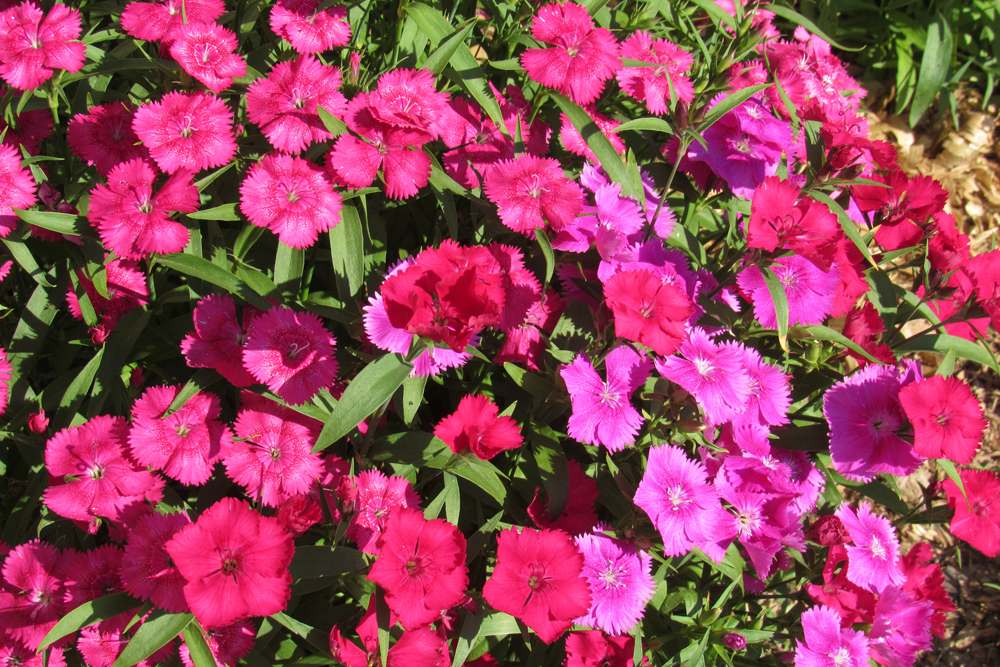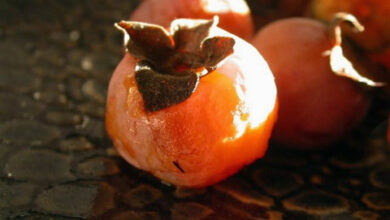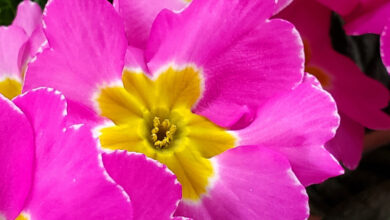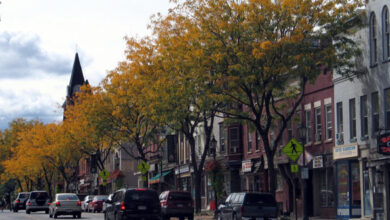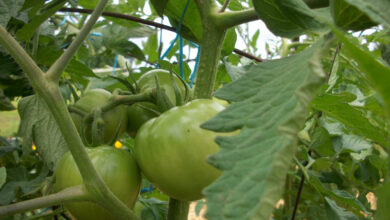Find a world of possibilities in winter squash varieties
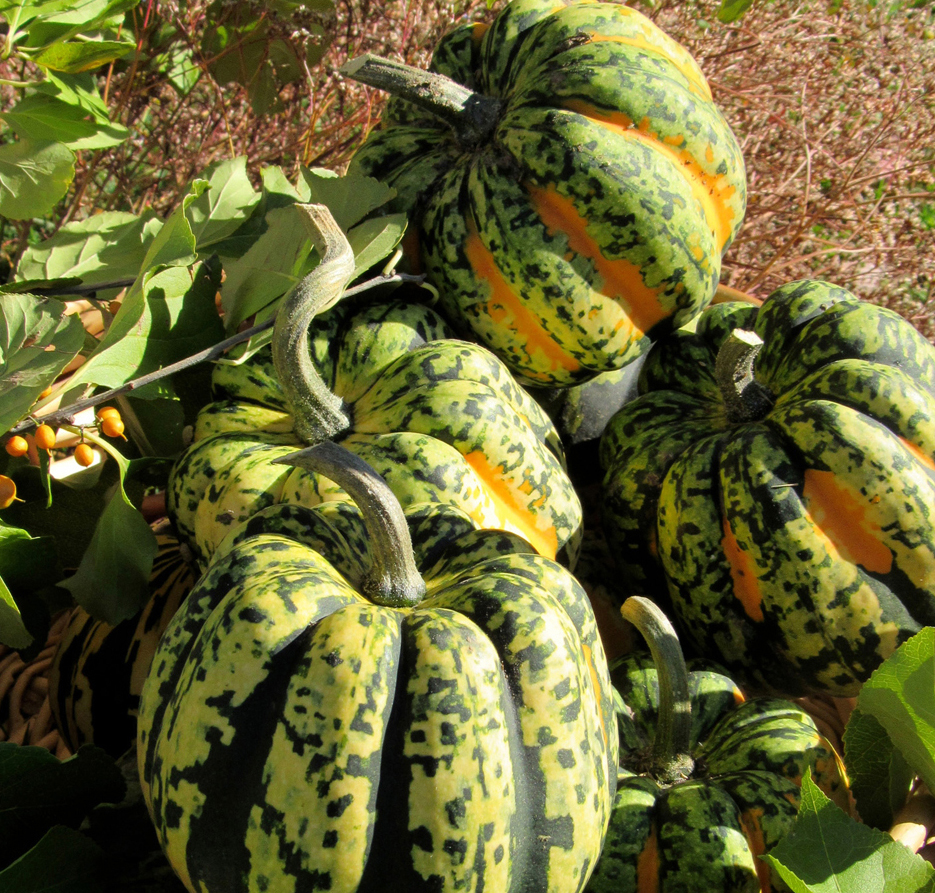
November is here and thoughts are turning towards Thanksgiving and the holidays. I enjoy growing winter squash each year in the garden, particularly because it means we have something from the garden for the holiday table.
Winter squash is different from summer squash because it is harvested and eaten in the mature stage after the seeds inside are mature and the skin has hardened. Because of this, winter squash stores remarkably well – from three to six months depending on the variety and storage conditions.
By now, you should have harvested this year’s crop – the fruit does not hold up well if it has been exposed to frost or a dusting of snow.
The University of Illinois Extension advises to leave two inches of stem attached when you harvest. Removal or loss of the stem is like an open wound to the fruit. If the stems have been lost, use those fruits first. Also, avoid cuts and bruises when you are handling the squash. Again, damaged fruits should be used as soon as possible.
Store winter squash in a cool, dry place with temperatures between 50-55° F. It is also best not to pile them more than two fruits deep. A single layer works best so that the squash do not touch each other as air circulation minimizes the potential spread of rots.
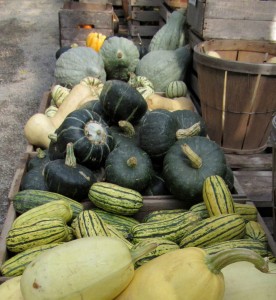
If you would like to grow winter squash in your garden next year, there are many varieties – acorn, delicata, spaghetti, and butternut – name a few. There are vining varieties which work best if you have a large garden and bush and semi-vining types which take less space to grow.
Bees are necessary for pollinating winter squash. Keep that in mind and refrain from using insecticides during bloom time. That can be a challenge with winter squash because the plants face a number of insect pests including cucumber beetles, which attack seedlings, vines and fruits. Cucumber beetles can also return in early September to damage mature fruits. Row covers can be effective. I use insecticides minimally and only during the time before plants begin to bloom.
Squash bugs are always a problem for me. They attack the vines and the fruit and increase in numbers through late summer as they reproduce. Look for mature squash bugs early in the season and hand-pick from plants. I squish the rows of eggs laid on both the top and undersides of leaves.
Vine borers can also be a problem. Dispose of infected plants. Vining squash can help in this situation because vines can be encouraged to root at the nodes, helping the vine survive a borer attack. Split open areas of vine being fed upon and remove the larvae.
Not only are winter squash delicious, they are nutritional powerhouses. The fruits are a source of complex carbohydrates – natural sugar and starch – and fiber as well as potassium, niacin, iron and beta carotene.
To prepare, you need to cut-up and remove seeds and pulp from large varieties. Position the squash with the stem end facing you and then place the blade of a heavy chef’s knife horizontally along the length of the squash. (You may want to cut the stem off before beginning this procedure). Use a hammer or mallet to hit the back of the blade near the handle until the blade is driven into the squash and the fruit breaks in half. Hubbard squash can get so huge, you may want to consider placing it in a plastic bag and dropping it onto concrete to break it into chunks.
Once opened, scoop out the seeds and pulp (you can toast squash seeds just like you do pumpkin seeds) and then cook the squash – un-peeled pieces cut-side down in a shallow baking dish at 350 degrees for 30 minutes or longer. When tender, remove from the oven and cool, then spoon out soft flesh and mash with a fork or process with a blender or processor. Peeled pieces can also be cubed and boiled, steamed or microwaved until tender.
Small squash can be pierced and cooked whole – roast them at 325 degrees for 1 1/2 to 2 hours. When the shell gives to pressure, it’s done. I like to cut my small squash in half and remove pulp and seeds before I roast.
Your own homegrown winter squash is a great way to add color, flavor and great nutrition to your Thanksgiving spread. Try topping it with dried fruit, toasted nuts and/or brown sugar.



